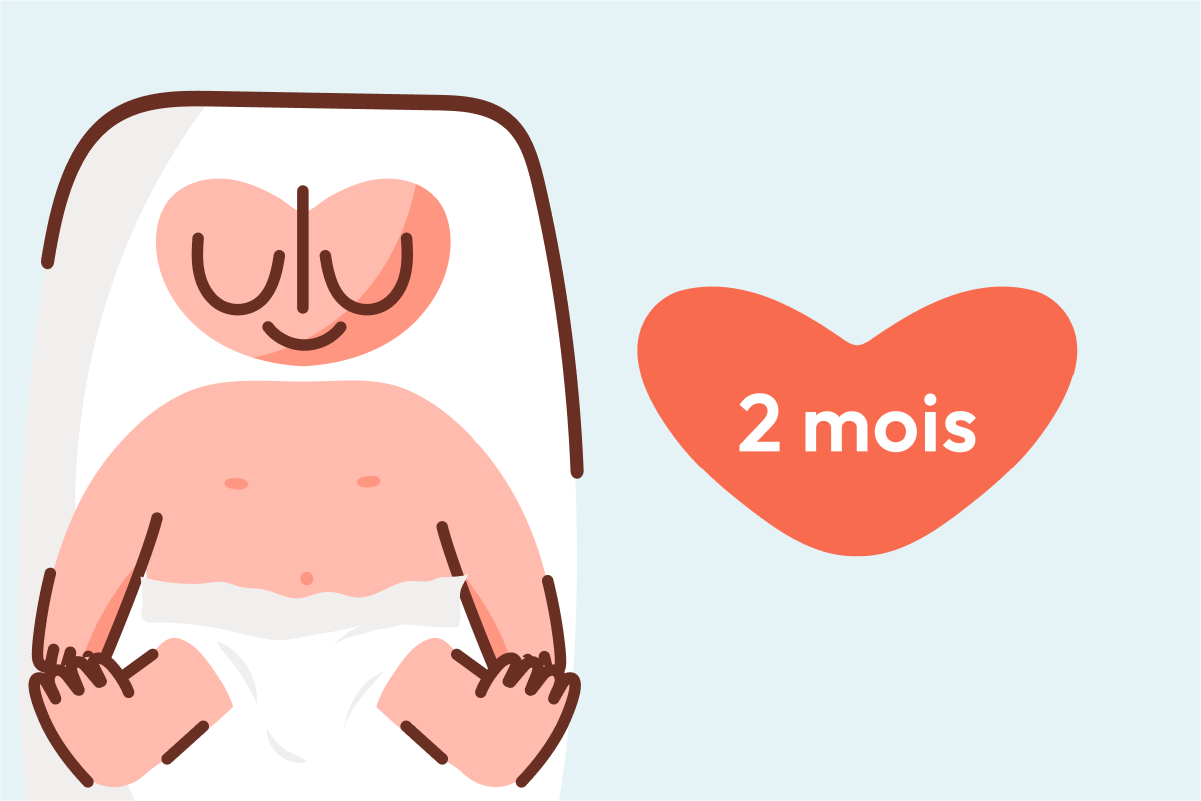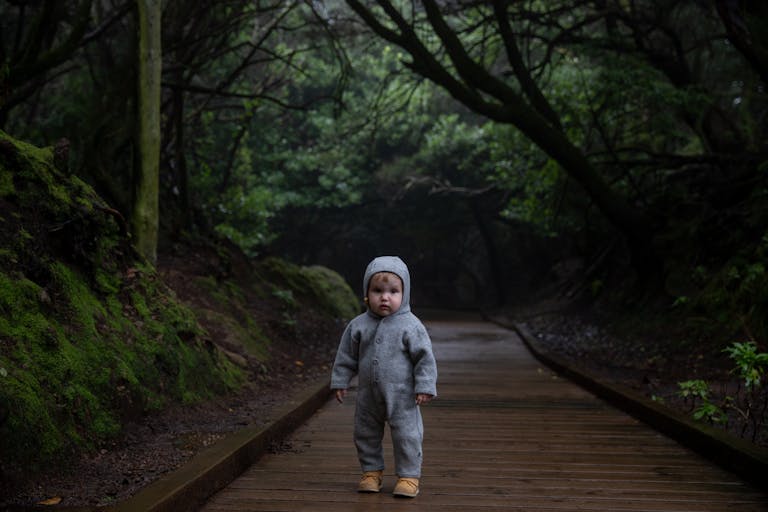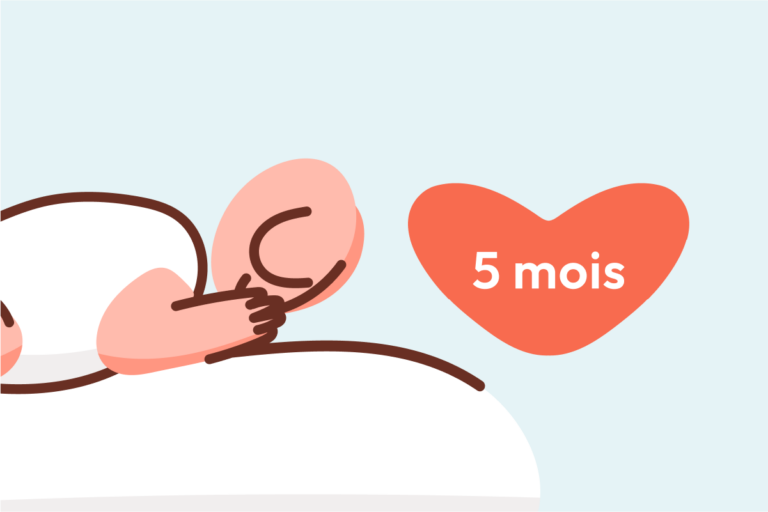A baby at 2 months is like a little spring unfurling—new expressions bloom, sleep becomes a guessing game, and every feed is a scene of curiosity. Parents stepping into this phase might feel both excitement and uncertainty: Why is my baby suddenly smiling? Should they sleep longer at night? Is frequent spit-up normal at this age? With fresh concerns about weight gain, sleep patterns, vaccinations, and daily care, it’s no wonder the journey can feel overwhelming. There’s no single formula for thriving at baby 2 months, but knowledge about the typical milestones and practical tips can transform daily routines into moments of joy and reassurance. Here’s what you really need to know—scientific, medical, practical—about nurturing growth and health, all while safeguarding your baby’s comfort.
What to Expect at 2 Months: Shifting Rhythms
When a baby hits the 2-month milestone, a distinct transformation emerges. Gone is the sleepy haze of the first few weeks; what arises is a baby gradually adjusting to the outside world. You might notice more social smiles, and yes—there’s nothing quite like the first one. Expect baby 2 months to appear rounder, more alert, and more engaged, sometimes tracking faces or bright objects with surprising intensity.
Routine seeps into your family life—sometimes with the predictability of a well-oiled clock, and other times, as if the clock has lost its hands altogether. Flexibility is still the operative word. Some parents find feeds start to space out, and sleep becomes more predictable, but do not be startled by the occasional chaotic day.
Key Milestones in Development
Growth and Body Changes
From the pediatrician’s chart to your arms, baby 2 months typically weighs between 4 to 5.5 kg (about 9 to 12 pounds) and measures around 53 to 61 cm—growth spurt territory, with cheeks fuller and limbs stretching out. Have you seen those curled-up newborn legs slowly lose their fold? At two months, muscle tone improves, and spontaneous movements become more purposeful. Is your baby briefly lifting her head during tummy time or attempting a mini-roll? Perfectly expected at this stage.
Gross Motor Abilities & Tummy Time
The foundation of movement is being laid down. Tummy time isn’t just a trendy term—it’s fundamental at baby 2 months, firing up the neck, shoulder, and back muscles in coordination. Short, several-minutes-long sessions on a safe surface are recommended. Place a visual stimulation toy just out of reach or dangle a high-contrast mobile within eyesight. If the head wobbles, it’s normal. This is muscle training, not a competition. Switch up positions—on the tummy, on the back, upright in your arms—to broaden sensory experience and body awareness.
Fine Motor & Sensory Exploration
A baby’s hands take centre stage. You may witness random, almost clumsy, opening and closing of fingers. These are not just reflexes; it’s exploration, the neural groundwork for later intentional grabbing. Offer sensory toys, soft rattles, and colourful objects. They are not only distractions—they are brain nourishment at baby 2 months.
Early Communication: Cooing & Bonding
Speech development starts long before words. Watch out for those gurgles, coos, and “eh” or “ah” sounds. It’s a budding dialogue, a precursor to language, and a strong glue for parent-infant bonding. Respond with your voice, narrate the mundane—“Let’s change your nappy!”—or sing a lullaby. Your voice is a comfort anchor and a linguistic beacon.
Cognitive Spark: Awareness and Processing
Curiosity sharpens. Baby 2 months may suddenly freeze mid-feed to listen for an unfamiliar noise, or track a moving object like a scientist observing an eclipse. Brain development is in full throttle—sponges soaking sight, sound, and sensation. Faces especially stand out; parents will catch glimmers of recognition: a pause, a longer stare, or a sudden smile.
Play & Everyday Stimulation
Building a Routine—But Staying Flexible
Patterns, not strict schedules, are key. Awake intervals alternate with naps and feeds. Use playtime for gentle interaction: singing, talking, simple peekaboo, or a stroll outside in a carrier, exposing your baby to the world’s rich sensory palette—light, breeze, rhythm.
Choosing the Right Toys
Toys with high-contrast colour, soft rattles, and lightweight cloth books draw and hold a 2-month baby’s attention. Safe for exploration by touch and mouth, these objects double as visual and motor “workouts”. A play mat with hanging toys, changed every few days, keeps the environment fresh and interesting.
Supporting Progress—Without Overdoing
Curious, isn’t it, how a baby will sometimes suddenly tense or fuss? These are signs to pause. Every attempt to lift the head or reach out is exercise; follow cues for rest. Overstimulation is real at baby 2 months. Short sessions, frequent breaks, and comforting arms work better than marathon play.
Medical & Hygiene Essentials
Bathing, Skin & Nail Care
Two to three gentle baths per week with lukewarm water suffice. Use mild, fragrance-free products, and keep bath time brief to avoid skin dryness. If the umbilical stump lingers, stick to sponge baths. Nails grow fast, so trim or file them carefully when baby is calm. Routine checks for rash or irritation help prevent more serious skin conditions from developing.
Tummy Time—Preventing Flat Head
Laying baby on the tummy (always supervised) not only builds muscle, it also reduces risk of plagiocephaly (flat head syndrome). Vary sleeping and carrying positions—change the side baby faces, alternate arms, and avoid extended time in car seats or swings.
Reflux, Spit-Up & Gastroesophageal Comfort
Frequent spit-up? Welcome to the world of infant digestion. As the lower esophageal sphincter (the muscular valve) matures, some milk finds its way back up—most often after feeds. Hold your baby upright for 20-30 minutes post-meal, offer smaller quantities more often, and keep bottle-feeding at a gentle angle. Occasional vomiting is not worrisome; persistent pain, poor weight gain, or forceful vomiting, however, require a pediatrician’s opinion.
Hiccups & Colic: The Evening Symphony
Hiccups—those funny, rhythmic twitches—often cluster after a satisfying feed. They’re usually harmless, stemming from the immature diaphragm muscle. Slow down feeds, burp regularly, and the hiccups usually resolve themselves.
Colic, infamous for evening “witching hours”, brings bouts of intense, inconsolable crying. No single remedy fits all, but gentle tummy massage, rocking, or a warm bath can soothe. If unexplained crying persists, a health check is advisable to rule out other causes.
Feeding Practices & Nutritional Insights
Breastfeeding, Bottle & Frequency
For baby 2 months, only breast milk or a well-formulated infant formula forms the nutritional foundation—no water, solids, or cow’s milk yet. Expect 6-7 feeds per day, but the demand ebbs and flows; growth spurts may cluster more feeds together. Signs of hunger? Licking lips, sucking on fists, or turning toward the breast or bottle. Don’t wait for a full-blown cry; early cues mean happier meals.
With bottle-feeding, keep your baby semi-upright, and pace the feeds, pausing to burp. Vitamin D needs attention at baby 2 months—current recommendations point to 400 IU daily for breastfed infants.
Environmental Awareness for Breastfeeding Mothers
A topic gaining traction: environmental chemicals, known as endocrine disruptors, can transfer via breast milk. Found in select plastics or pesticides, these chemicals may subtly influence hormonal systems. Opt for glass bottles, avoid plastics with BPA, and, if possible, choose organic produce for lactating mothers. Every precaution reduces risk.
Responsive Feeding
Learning to interpret early hunger signs not only supports baby’s well-being but helps foster a calm feeding environment for both parent and child. Watch for rooting, hand-to-mouth activities, or little lip pursings—responding early rather than waiting for hunger cries makes for smoother, less stressful feeds.
Sleep Patterns & Restorative Habits
Establishing a Sleep Routine
At 2 months, sleep follows no formal schedule—night wakes, unpredictable naps, wide-eyed stares when you wish for sleep—yes, that’s all standard issue. Still, gentle routines set foundations. A warm bath, lullaby, or darker room signal bedtime. Gradually, baby begins to distinguish day from night.
Hours & Quality of Sleep
Most baby 2 months need 15 to 17 hours spread across day and night, in chunks rather than one stretch. Frequent night waking is entirely expected; feeds at night continue as hunger demands. If sleep seems super fragmented, patience and a consistent pre-sleep routine helps over time.
Safe Sleep Practices
Lay your baby on their back on a firm mattress—no pillows, bumpers, loose blankets, or toys. Side or tummy positions raise the risk of reflux and, more concerning, of accidental suffocation or sudden infant death syndrome (SIDS). Room-sharing (not bed-sharing) lowers SIDS risk—an internationally encouraged protocol. Avoid overheating and keep sleep surfaces hazard-free.
Regular Check-Ups & Monitoring Growth
Every baby 2 months needs regular check-ups. Pediatricians will track weight, length, head circumference, and assess milestones: does your baby turn to sounds, fixate on faces, lift the head briefly during tummy time? Multiple wet diapers signal good hydration. Bowel movements vary—breastfed babies might skip days, formula-fed may be more regular, but the stools should remain soft.
Warning signs demanding prompt medical attention: refusal to feed, repeated vomiting, fever, abnormal limpness, sudden colour change, inconsolable crying, or major changes in stool pattern.
Activities to Encourage Stimulation & Bonding
Simple is effective. Talk, sing, show high-contrast toys, or use a rattle. A baby-safe mirror can trigger fascination. Massage post-bath soothes and supports both sensory and emotional connection. If your baby begins to fuss, turn away, or cry, these are signs to wind down—calm and quiet are part of healthy stimulation too.
Caring for Yourself
Night feedings, endless nappies, the constant “Is my baby okay?”—the daily routine demands resilience. Seize snippets of rest when your baby naps, seek help from family if possible, and prioritise self-care, whether by a shower, a hot drink, or a few quiet breaths. Protect your downtime by setting limits on visitors. If feelings of sadness or anxiety overwhelm, a professional consult is not only recommended—it’s necessary; your well-being directly influences your baby’s growth.
Key Takeaways
- Baby 2 months marks a period of emerging smiles, evolving body movements, and fascinating sounds. Respond frequently to cues for optimal growth and comfort.
- Exclusive breastfeeding or formula feeding remains essential at this stage. Recognise subtle hunger signals and maintain regular vitamin D supplementation.
- Sleep patterns are in flux. Consistency, safe environments, and flexible routines set the stage for later habits.
- Tummy time, gentle sensory play, and varied waking routines foster healthy physical and mental development.
- Conduct daily skin checks, ensure gentle hygiene, and address spit-up or colic with a calm, scientific approach.
- Seek professional advice if feeding troubles, abnormal behaviour, or sudden illness arise.
- Parental well-being shapes the home ecosystem; lean on available support systems, and download the Heloa app for free, personalised advice and health questionnaires.
Questions Parents Ask
Can a 2-month-old baby see colours?
Among the delightful milestones of baby 2 months is the dawn of colour perception. Babies at this age start responding to bright colours—especially when it comes to bold, high-contrast combinations like black and white. While they may not grasp the nuanced shades yet, vivid objects and your animated face can captivate their gaze. Wondering if that prolonged stare at your shirt is curiosity? Most certainly. Gradually, the spectrum widens, painting their world in richer hues.
Does my 2-month-old recognise me?
That hint of calmness when you hold your baby or the fleeting smile—these are subtle signs! By 2 months, babies begin to recognise familiar voices, faces, and even unique scents. While the recognition may appear understated—perhaps just a longer look or more contented snuggle—this deepening connection is a true developmental milestone. The parent-baby bond is solidifying right before your eyes.
What toys are suitable for a 2-month-old?
Simplicity wins. Opt for toys that activate the senses: soft rattles, lightweight cloth books with high-contrast images, and safe, textured objects. Tummy time with a gentle play mat introduces both comfort and a mini-challenge for growing muscles. No need for complicated gadgets. Just being close and gently interacting with colourful, touch-friendly toys offers reassurance and a sense of wonder for your baby’s discovery journey.
Further reading :









